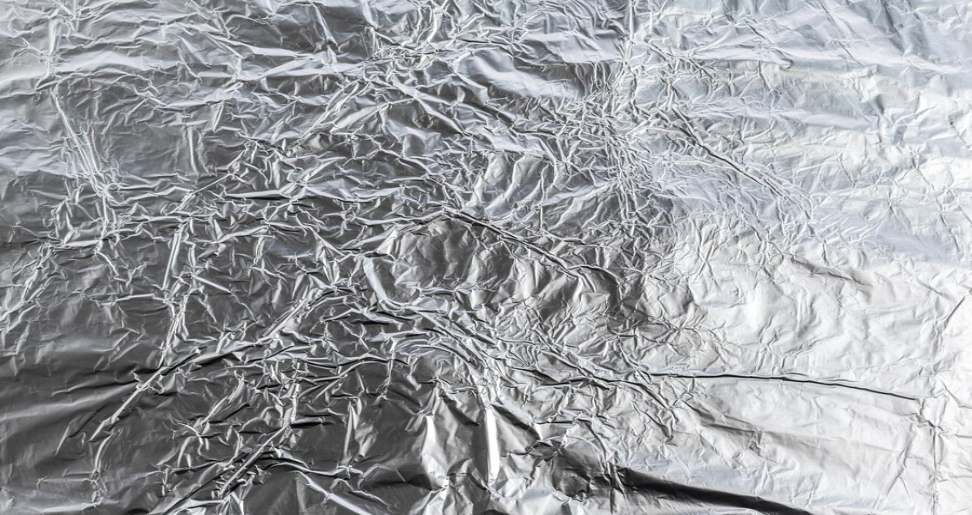Overmolding, the art of seamlessly fusing multiple materials within a single mold, takes on a new dimension when aluminum components are involved. While traditional overmolding often utilizes plastic for the core, aluminum offers unique advantages like strength, rigidity, and thermal conductivity. This opens doors for innovative overmolding processes that push the boundaries of design and functionality. Let’s delve into the exciting world of innovative overmolding techniques specifically designed for aluminum components.
Challenges and Opportunities: Overmolding with Aluminum
Before exploring innovative techniques, it’s important to acknowledge the inherent challenges of overmolding with aluminum:
Thermal Expansion Mismatch: Aluminum and plastic have different coefficients of thermal expansion. This mismatch can lead to warping or cracking of the overmolded part if not addressed through design considerations and material selection.
Surface Preparation: Aluminum surfaces require meticulous pre-treatment to ensure optimal adhesion with the overmolded plastic. Techniques like sandblasting, chemical etching, or applying an additive promoter are crucial for a strong bond.
Mold Design Complexity: Molds for overmolding aluminum require careful design considerations for gating systems, cooling channels, and ejection mechanisms to accommodate the different material properties.
Despite these challenges, aluminum presents exciting opportunities for innovative overmolding processes:
Improved Heat Management: Aluminum’s excellent thermal conductivity allows for efficient heat dissipation from the core, making it ideal for applications like electronic enclosures or heat sinks.
Enhanced Strength and Rigidity: The inherent strength of aluminum combined with the design freedom of overmolding enables the creation of lightweight yet robust components.
Functional Integration: Overmolding allows for integrating electrical components directly onto the aluminum core using conductive plastics, simplifying assembly and improving product functionality.
Emerging Techniques: Pushing the Boundaries
The following innovative overmolding processes are revolutionizing the way we utilize aluminum components:
Laser Texturing: This technique utilizes lasers to create precise patterns and textures on the aluminum surface before overmolding. This not only enhances the bond between the materials but also creates functional features like improved grip, anti-slip textures, or even decorative patterns.
Ultrasonic Metal Welding (UMW): UMW utilizes high-frequency vibrations and pressure to create a solid-state weld between the aluminum component and the over mold made with plastic. This technique offers several advantages:
Stronger Bonds: UMW can create bonds that are often stronger than those achieved with traditional adhesives, particularly for high-stress applications.
Localized Heating: UMW generates minimal heat, minimizing the risk of warping the aluminum component due to thermal expansion.
Metal Injection Molding (MIM) for Inserts: MIM is an additive manufacturing technique that allows for the creation of complex and near-net shape aluminum inserts. These inserts can then be overmolded with plastic for a high degree of design freedom and intricate part geometries.
Vacuum Assisted Resin Transfer Molding (VARTM) for Composites: This technique involves creating a composite structure by injecting resin into a mold containing the aluminum component and reinforcing fibers. The overmolded plastic layer can then be added in a secondary step, resulting in a lightweight yet incredibly strong composite part.
Applications: Unlocking New Possibilities
These innovative overmolding techniques for aluminum components are transforming various industries:
Electronics: Overmolded Aluminum or aluminium heat sinks with laser-textured surfaces can dissipate heat efficiently, improving the performance and lifespan of electronic devices.
Automotive: Aluminum components like engine blocks or chassis parts can be overmolded with wear-resistant and lightweight plastics, reducing weight and improving fuel efficiency while maintaining structural integrity.
Aerospace: Utilizing VARTM for composite structures with overmolded aluminum inserts allows for the creation of lightweight and high-strength components for aircraft, reducing fuel consumption and enhancing performance.
Medical Devices: Overmolding biocompatible plastics onto aluminum implants can create lightweight and durable prosthetics or surgical instruments with improved ergonomics and patient comfort.
The Future of Overmolding with Aluminum
The future of overmolding with aluminum is bright, fueled by continuous advancements in technology and materials:
Material Science: Research into new aluminum alloys with lower thermal expansion coefficients or improved surface properties will further facilitate the overmolding process.
Automation and Robotics: Integration of automation and robotics will heighten production efficiency, reduce the risk of human error, and allow for more complex overmolded aluminum components to be manufactured at scale.
Sustainable Practices: The development of eco-friendly overmolding techniques, such as using bio-based plastics or optimizing energy consumption during the process, will be crucial for a sustainable future.
In Conclusion:
Overmolding with aluminum has emerged as a powerful tool for product designers and engineers. By overcoming the challenges of thermal expansion mismatch and surface preparation, innovative techniques like laser texturing, ultrasonic metal welding, and composite integration with VARTM are pushing the boundaries of what’s possible. This marriage of aluminum’s inherent strength and rigidity with the design freedom and functional possibilities of over molding creates a symphony of strength and design.
Read More:
- What Is The Significance Of Electric Vehicles?
- Range Rover Electric: Luxury Redefined with Zero Emissions
- Unveiling the Price Tag: How Much Does a Volvo Hybrid SUV Cost?

